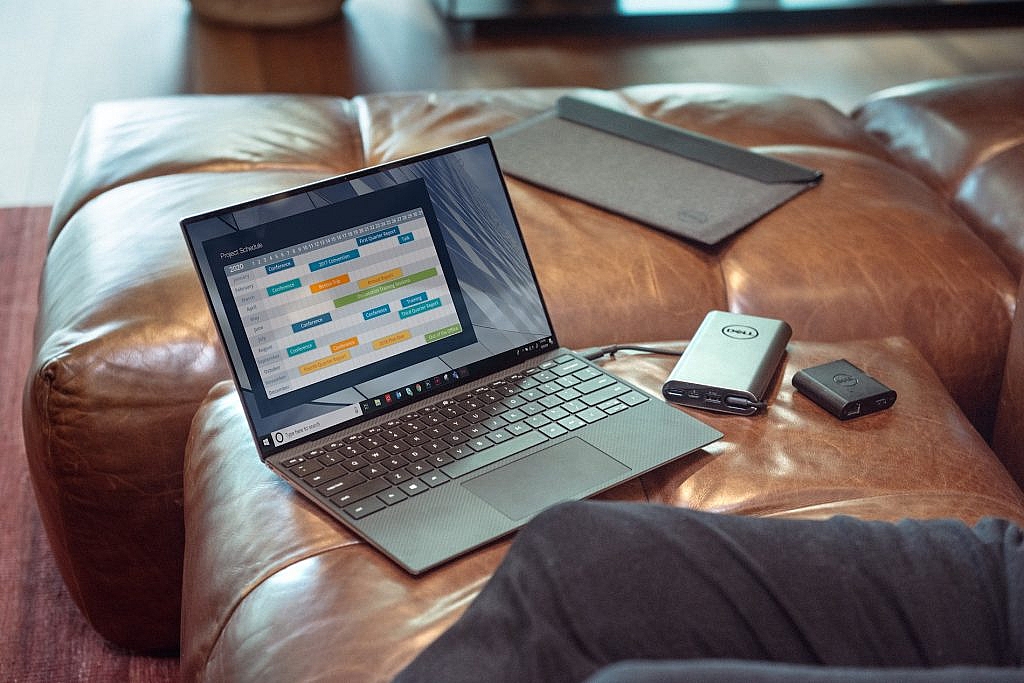How Visual Remote Assistance Helps Deliver Service Anytime and Anywhere?
There wasn’t/isn’t/and never will be a time when customers don’t have to repair their electronic devices.
From washing machines and refrigerators to smartphones and laptops, all of us have hit our heads while trying to fix them by ourselves. So customers need technicians who can mend devices and bring them back to working condition. But unfortunately, the world is going through challenging times. The coronavirus pandemic has called for numerous lockdowns across the globe. People aren’t able to travel to their destinations freely as the governments have imposed several restrictions. It has resulted in severe implications across industries as employees, especially on-site technicians, have lost their jobs. Virtual remote assistance has become a boon for such people as it helps them come back to jobs and provide service to customers.
What is virtual remote assistance?
Since on-site technicians cannot travel to the customer’s place, there is a need to provide service remotely. It’s known as virtual remote assistance and the following are the ways that it can be provided.
- Through call
- Through live chat sessions
- Through emails
- Through visual remote assistance
Companies have been using the first three ways for many decades. But the fourth one, visual remote assistance, is new.
What are visual remote assistance and its applications?
When a technician provides help through visual means, it is called visual remote assistance. For example, a technician provides instructions through a graphical screen installed on the equipment that requires repair.
The following are the instances where visual remote assistance can be used:
1. Technicians provide solutions remotely
Consider the case where the customer’s washing machine breaks down and the on-site technician cannot reach the customer’s place. In that case, the technician can provide remote assistance in two ways.
a. The customer can install an application on their smartphone. The smartphone camera will allow the technician to observe the problem and provide a relevant solution.
b. The customer doesn’t need to install any web application. They can click on a link in the chatbox, which will start a video-conference through which the technician can observe the problem remotely.
2. Expert helps the on-site technician
Consider the case where the customer’s laptop isn’t functioning. They place a request on the company’s website, and the technician goes to the customer’s place the next day. Unfortunately, the technician is unable to understand/solve the problem. He calls the expert in the company headquarters and asks for guidance. The expert provides the relevant details, and the technician repairs the laptop successfully.
3. The customer receives a combination of visual remote assistance and in-person support.
Consider the case where the customer’s music system isn’t working correctly and requires a new disk player. If the on-site technician is unavailable, the company can ask a local vendor to deliver a brand-new disk player to the customer’s home. After that, the technician can remotely assist the customer by providing a step by step description of installing the disk player.
Benefits of visual remote assistance
Technicians are required in all industries, but apart from the ongoing coronavirus pandemic, numerous factors deter technicians from continuing their services. Some of them are mentioned below:
- Technicians have to travel extensively, which makes them prone to extreme climatic conditions. Studies show that harmful substances or environments cause 10% of workplace deaths.
- Technicians usually work in an environment that is full of heavy machinery. According to statistics, 14% of workplace deaths occur due to contact with objects and equipment.
- Many excellent technicians leave their job due to degrading health concerns and travel requirements.
Visual remote assistance provides a convenient solution to all these problems by allowing technicians to provide service remotely. It also reduces company costs as they no longer need to buy expensive transport tickets. Moreover, the lesser vehicles travel on the road, the lesser the emissions and the roads’ wear and tear.
Visual remote assistance will help companies attract and retain top-notch talent.
The pandemic has revealed the significance of remote work because the first ones to lose their jobs were the people who couldn’t work remotely. Companies can attract and retain top-notch talent if they implement technologies that help technicians deliver service anytime and anywhere without the need to do on-site work themselves.
Customer Relationship Management (CRM) software is the best tool to start with if you are serious about implementing visual remote assistance. It has a vast repository where customers can find solutions to their problems instantly. They can also post queries and connect with technicians to get help in real-time. CRM software also has a chatbot feature that gathers critical information about the customer and separates them into different categories.
Conclusion
Visual remote assistance is fast becoming the norm in the service delivery industry, as explained in the aforementioned points. Companies can also ensure the safety of their employees and customers and minimize their expenses.
